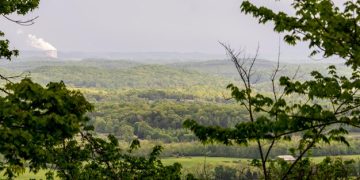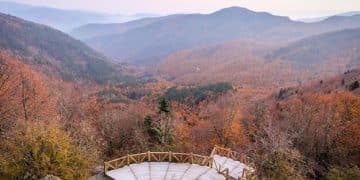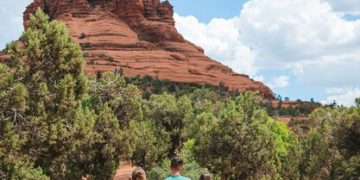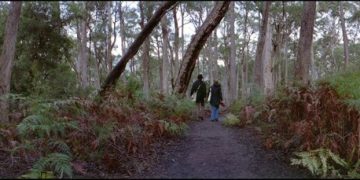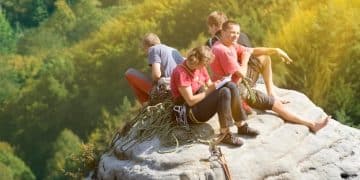Escape the Crowds: 5 Secluded National Parks for Off-Season Solitude
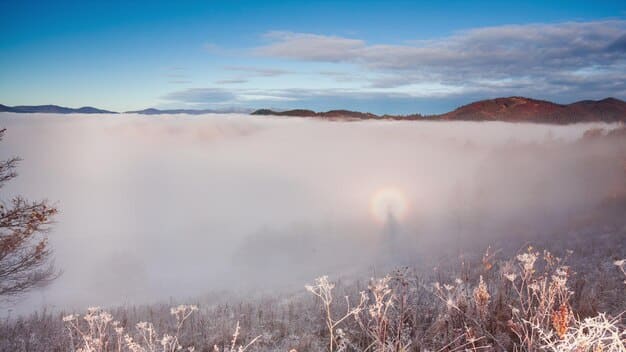
Seeking solitude? Discover five of the least crowded national parks in the US perfect for visiting during the off-season (November-March) to enjoy breathtaking landscapes without the bustling crowds.
Are you dreaming of tranquil trails and serene landscapes, far removed from the summer crowds? The off-season (November-March) offers a unique opportunity to experience the majesty of America’s national parks in relative solitude; let’s explore **what are the 5 least crowded national parks to visit in the off-season (November-March) for solitude seekers.**
Discovering the Allure of Off-Season National Park Visits
The appeal of visiting national parks during the off-season goes beyond merely avoiding crowds; it’s about immersing oneself in a quieter, more intimate experience with nature. The landscapes transform, the wildlife activity shifts, and a sense of profound serenity settles over these protected spaces.
Benefits of Off-Season Travel
Choosing the off-season can bring several benefits, including lower prices and even new and unexpected discoveries. Here are some additional perks.
- Peace and quiet: During the off-season months, the parks that are normally full of tourist will be relatively empty, bringing opportunities for one on one time in nature.
- Cost savings: Off-season months normally will bring huge savings on travel, as well as in lodging and accomodations.
- New Experiences: Weather will vary depending on the area that the park is located in, but you can potentially experience the park in a whole new way.
Many parks come alive after the summer heat has waned. Migratory birds arrive, the changing foliage creates vibrant palettes, and the crisp air revitalizes the senses. The absence of throngs allows for unhurried exploration, a chance to truly connect with the surroundings.
By venturing during the less popular months, you gain access to a side of these natural wonders that remains hidden to most. It’s an opportunity to witness nature’s subtle nuances, to observe the intricate details that often go unnoticed amidst the hustle and bustle of peak seasons. Make sure you are aware of potential risks to going during this time such as weather or closures.
Congaree National Park, South Carolina: A Hidden Gem
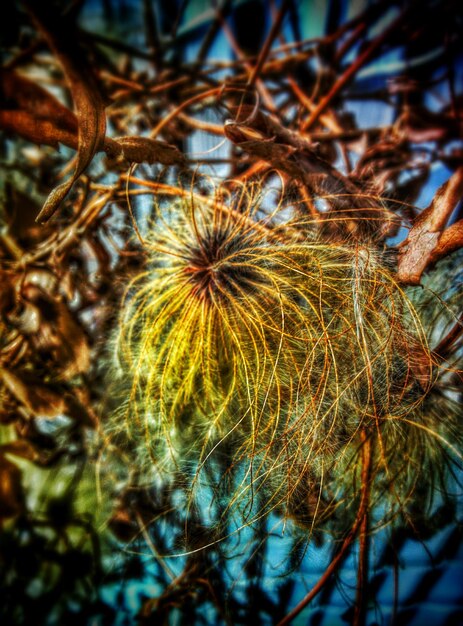
Nestled in the heart of South Carolina lies Congaree National Park, home to the largest intact expanse of old-growth bottomland hardwood forest in the southeastern United States. This hidden gem reveals its tranquil beauty most vividly during the cooler months.
Winter paints a serene portrait of Congaree. The absence of foliage allows for unobstructed views of the towering trees, their bare branches reaching towards the sky like skeletal sculptures. The stillness of the swampland creates a mirror-like reflection, doubling the majesty of the surrounding landscape.
Activities and Attractions
Here are some activities and things you can do within the park limits to further enhance your experience:
Explore the wonders of Congaree by hiking the many boardwalks, which allows you to get up close and personal to the wildlife!
- Hiking: Explore the park’s extensive network of walking trails, from the accessible Boardwalk Loop to the more adventurous Weston Lake Trail.
- Canoeing and Kayaking: Paddle along Cedar Creek, a designated National Scenic River, and witness the park’s beauty from a unique vantage point.
- Birdwatching: Observe a variety of migratory and resident bird species seeking refuge in the park’s diverse ecosystem during the cooler months.
Congaree National Park provides an authentic southeastern experience. With temperatures a little bit cooler, the winter is a great time to visit!
Great Basin National Park, Nevada: Stargazing and Serenity
Located in the remote reaches of eastern Nevada, Great Basin National Park offers a sanctuary of solitude and unparalleled stargazing opportunities. The park’s elevation and pristine air quality make it one of the darkest places in the United States, creating a celestial canvas of breathtaking beauty.
The off-season brings a unique sense of tranquility to Great Basin. The crowds thin, the daytime hikers leave, and the night sky reveals its full splendor. As you gaze upwards, the Milky Way stretches across the heavens, a river of light illuminating your sense of wonder.
- Astronomy Programs: Participate in ranger-led astronomy programs and learn about the constellations, planets, and deep-sky objects that adorn the park’s night sky.
- Cave Tours: Venture into the depths of Lehman Caves, a subterranean wonderland of stalactites, stalagmites, and other fascinating geological formations.
- Hiking: Embark on a challenging hike to the summit of Wheeler Peak, Nevada’s second-highest peak, and witness panoramic views of the surrounding landscape.
As you explore the park, you’ll encounter diverse ecosystems, from alpine tundra to ancient bristlecone pine forests. Be sure to visit Lehman Caves, a subterranean wonderland of stalactites and stalagmites.
Isle Royale National Park, Michigan: An Island Escape
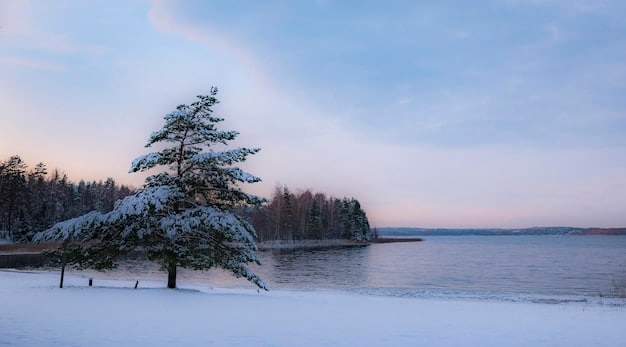
Accessible only by boat or seaplane, Isle Royale National Park is a secluded island paradise nestled in Lake Superior, making it the a great location to seek solitude. Winter transforms Isle Royale into a silent sanctuary, accessible only to the most adventurous souls.
The island’s interior becomes a snow-covered wonderland, beckoning cross-country skiers, snowshoers, and winter campers. The frozen lake provides a vast expanse for exploration, with the wind whispering tales of the island’s rich history. Although this is an experience you can only have with immense planning, Isle Royale has an incredible backcountry.
This park is not for the weary as this park will require the most commitment and attention to ensure a safe trek, planning, and excursion.
Winter Activities and Considerations
Winter is generally when the park is closed but the park’s website details how a visitor can visit during the winter months.
- Winter Camping: Brave the elements and experience the solitude of winter camping in the park’s backcountry.
- Cross-Country Skiing and Snowshoeing: Glide across the snow-covered landscape and discover the island’s hidden trails.
- Photography: Capture the park’s winter beauty with stunning photographs of snow-laden forests, frozen lakes, and the ethereal Aurora Borealis.
Note that prior planning and preparations are required, because weather and limited services mean you will need to exercise extreme caution. But, your adventure will ultimately have incredible rewards.
Voyageurs National Park, Minnesota: Lakeside Solitude
Located along the Minnesota-Canada border, Voyageurs National Park is a vast network of interconnected waterways, pristine forests, and rugged shorelines. The park’s unique blend of land and water creates a haven for solitude seekers and nature enthusiasts.
The off-season offers a distinct perspective of Voyageurs. The frozen lakes become highways for snowmobiles and cross-country skiers, providing access to the park’s inner reaches. The boreal forest takes on a magical quality, draped in snow and ice.
Winter Wonderland Activities
Here are a few activities that can be done during the colder months of the season:
Observe the Northern Lights while visiting Voyageurs National Park!
- Ice Fishing: Try your luck at ice fishing on the frozen lakes and experience the thrill of catching walleye, northern pike, and other prized fish species.
- Snowmobiling: Explore the park’s extensive network of groomed snowmobile trails and discover hidden corners of this winter wonderland.
- Wildlife Viewing: Observe a variety of wildlife species, including wolves, moose, and bald eagles, as they navigate the winter landscape.
When the snow is falling, the magic is calling!
One experience will certainly change the way you view the park and the great outdoors. Always remember to be safe and adhere to signs and potential closures.
North Cascades National Park, Washington: Mountain Majesty
North Cascades National Park, located in the rugged mountains of northern Washington, is a land of jagged peaks, glaciated valleys, and emerald lakes during the off-season months. The park’s remote location and challenging terrain contribute to its relative solitude, making it an ideal destination for those seeking tranquility and adventure.
Winter transforms North Cascades into a breathtaking panorama of snow and ice. The towering peaks become cloaked in white, reflecting the soft light of the sun. The alpine lakes freeze over, creating glistening surfaces that镜 mirror the surrounding mountains.
- Snowshoeing and Skiing: Explore the park’s quieter trails on snowshoes or cross-country skis, embracing the peace and quiet of the winter landscape.
- Photography: Capture the park’s stunning winter scenery with breathtaking photographs of snow-capped peaks, frozen lakes, and the ethereal beauty of the Pacific Northwest.
This park has an abundance of beautiful trails that are a moderate and beginner friendly. The off-season months allow for personal exploration and reflection that cannot be found in more heavy tourist riddled areas.
Regardless of anything, be sure to do your research and find out any potential closures or weather warnings that are currently in effect for the location you are visiting.
| Key Highlight | Brief Description |
|---|---|
| 🌲 Congaree NP | Old-growth forest with boardwalks, ideal for serene winter hikes. |
| ✨ Great Basin NP | Stargazing paradise with high elevation and clear night skies. |
| 🛶 Isle Royale NP | Remote island adventure; winter camping and skiing. |
| ❄️ North Cascades NP | Snowy mountain landscapes and tranquil trails; amazing for photographers. |
FAQ
The period from November to March is generally the least crowded. However, conditions vary, so check individual park websites for specific details and potential closures.
Some parks might require special permits or have limited access during the off-season. Contact the park’s visitor center beforehand to confirm any necessary requirements.
Pack for cold weather, including layers, waterproof gear, and sturdy hiking boots with good traction. Also, bring plenty of water, snacks, and a first-aid kit.
Lodging inside the parks may be limited or closed during the off-season. Check the park’s website for availability. Nearby towns often offer accommodations.
Stay aware of weather conditions, carry a map and compass, and let someone know your plans. Be prepared for limited services and potential hazards like icy trails.
Conclusion
The allure of the off-season in America’s national parks is undeniable. By venturing beyond the peak season crowds, you open yourself to a more intimate and transformative experience with nature; these parks offer a chance for personal reflection, exploration, and a deeper connection with the wonders of the natural world.
